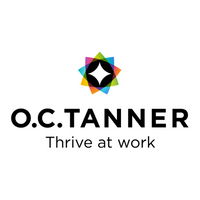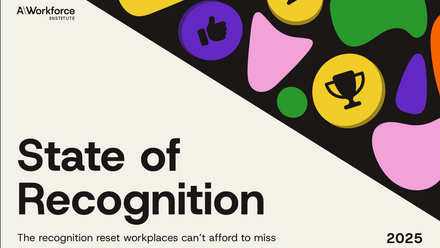How to align your organisation’s values and purpose with your reward policy

Ensuring the organisation’s reward and benefits policy is aligned with the company’s values and its purpose is therefore key. Here’s what needs to be considered in order to get it right.
Identify which behaviours align with values and purpose
Purpose and values must be translated into behaviours in order to bring them to life. It’s no good displaying the company’s values on the boardroom wall and failing to explain and demonstrate what they mean in practical terms.
For example, if a telecommunications company’s purpose is ‘to connect loved ones’ and a core value is around delivering excellent customer service, the leadership team needs to express what this looks like and seek the desired behaviour. This might be “always prioritising, discussing and documenting customer impact for any project involving process change” and “We will respond to all customer issues with a personal call back within 24 hours”.
Similarly, behaviours associated with ‘innovation’ could include generating new ideas, never ridiculing people’s ideas and permitting failure.
Reward and recognise the ‘right’ behaviours
It’s no secret that rewarded behaviour gets repeated. With this in mind, businesses need to identify which behaviours are to be encouraged through reward and recognition. Values-based recognition means that when a person displays behaviours in line with the company’s purpose and values, they are recognised even if the results don’t follow. Similarly, only employees displaying the desired behaviours should be rewarded with pay rises, bonuses, promotions and opportunities.
Enjoying this article?
Read more on reward and recognition
Got a question on matching company values with reward policy? Ask your peers on rebaLINK, our networking and due diligence platform
Contact the Associated Supplier to discuss aligning values and purpose with your reward strategy
Behaviours and other KPIs need to be of equal importance
Behaviours must be treated with at least equal importance to other key performance indicators (KPIs), such as sales targets and leads, otherwise the company risks encouraging ‘brilliant jerks’. For instance, when the top sales person smashes the sales number but behaves unethically in the process, this should not be applauded in a business with values that espouse an ethical approach.
It’s just as important to call out behaviour that is not compatible with the company’s values, as it is to recognise behaviour that brings the values to life. If leaders choose to ignore behaviours that are at odds with its core values, a gap between rhetoric and reality is formed and a toxic culture becomes more likely.
Publicly reward and recognise
When people from across the company are recognised and rewarded for a job well done, where possible, it should be done publicly so that it is clear to those witnessing the recognition/reward moment how their behaviour supports one or more of the company’s values. By reinforcing values-led behaviour with the wider audience, this will once again encourage repetition of the desired behaviours.
Select reward partners with similar values
Purpose and values should be weaved into all decision making, including selecting reward partners with similar values. For instance, if a key company value is ensuring customers enjoy a personal and tailored approach, working in partnership with a rewards partner that understands and delivers the same customer experience is key.
Purpose and values must be lived and breathed throughout the company rather than seeing them as a ‘tick box’ exercise. This includes aligning purpose and values with the company’s reward policy, and only recognising and rewarding behaviours that are in keeping with what the company stands for.
By taking this considered approach, what the business represents is being constantly reaffirmed, creating an organisation with an ethical approach, clear direction and a sturdy foundation.
The author is Robert Ordever, MD, O.C. Tanner Europe.
This article is provided by O.C. Tanner Europe.
Supplied by REBA Associate Member, O. C. Tanner
Giving teams the integrated tools they need when, where and how they need them.







